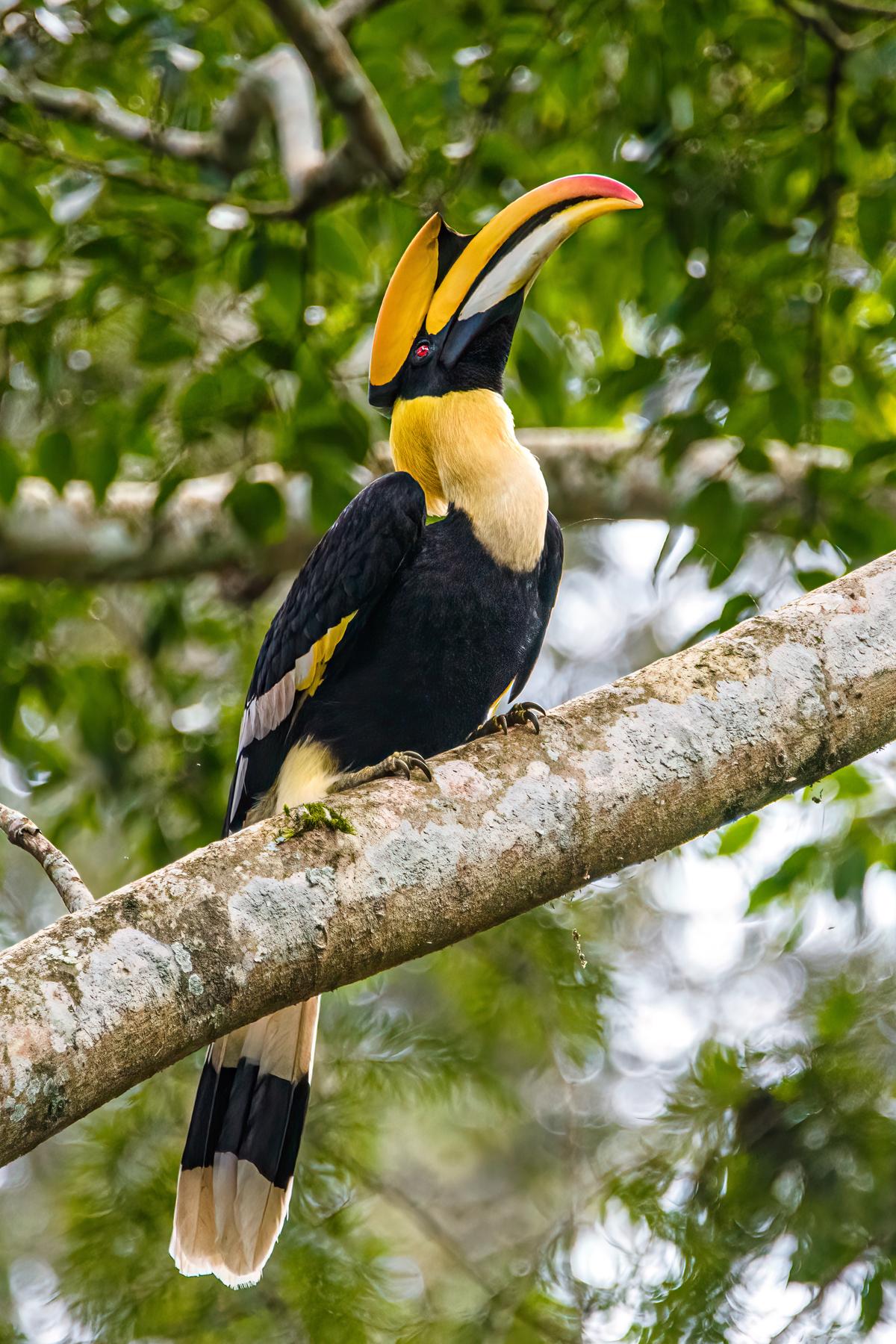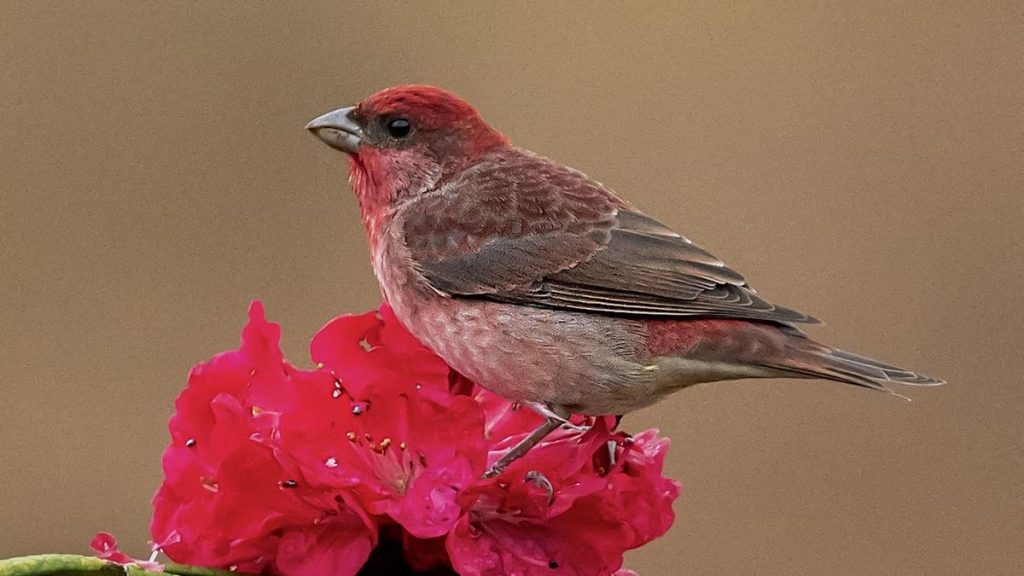The Karimpuzha Wildlife Sanctuary, Kerala’s youngest protected area, has emerged as a biodiversity hotspot. A recent faunal survey conducted by the Forest department, the first-such systematic exercise conducted since its inception, has reported 63 new species of odonates, butterflies and birds.
The survey, conducted in association with the Society for Tropical Ecology and Research (STEAR) Nilambur and the Thiruvananthapuram-based Travancore Nature History Society (TNHS), covered the 227.21-sq.km. sanctuary, coming under the Nilambur Forest Division, which was declared a protected area in 2020.
The exercise, carried out from March 21 to 23 across eight base camps covering an altitudinal range of 50 m to 2,500 m above sea level, documented 41 new species of odonates, six new butterfly species and 16 bird species that were previously unrecorded in the region.
Nilgiri Four-ring
Among the 187 bird species recorded, notable additions include the Eurasian Sparrow Hawk, White-Rumped Vulture, Blue-eared Kingfisher, Broad-tailed Grassbird, Savanna Nightjar, Jacobian Cuckoo and Long-Billed Pipit. Other sightings featured the Great Indian Hornbill, Nilgiri Pipit, Lesser Adjutant, Crested Goshawk and Indian Nuthatch. The total number of bird species in the sanctuary now stands at 239.
The butterfly count in the region has reached 263 species. The new additions include Suffused Double Banded Judy, Painted Courtesan, Nilgiri Four-ring, Silver Streaked Acacia Blue, Sinhalese Five-ring and Small Cupid. Endemic species like the Red Eye Bushbrown and White Bar Bushbrown were also recorded.

Great Hornbill
The odonate checklist now includes 58 species with significant discoveries, including Gomphidia kodaguensis, Rhyothemis triangularis, Euphaea fraseri, and Protosticta gravelyi. Moreover, 141 moth species, four cicada species, 38 ant species, five bee species and four fish species were also documented. Large mammals such as elephants, Nilgiri Tahrs, tigers, leopards, gaurs, sambars and striped-necked mongooses were also recorded.
Dhanik Lal, Wildlife Warden of Karimpuzha Wildlife Sanctuary, said the findings exceeded expectations from the dry season. A follow-up survey will be conducted post-monsoon, he added.
Published – March 30, 2025 08:52 pm IST








